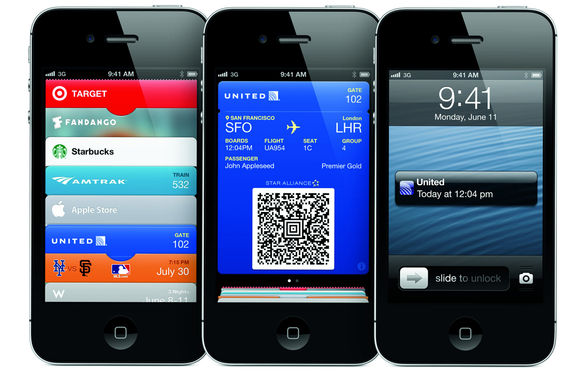Honda just released a brand new advertisement online, and it’s super interactive. Titled “The Other Side” and hosted on YouTube, the advertisement is two minutes and fifty-five seconds and brings the viewer through the day of a guy driving a Honda. Or, if you simply hit the “R” key on your keyboard, you can view his adventure-filled evening.
The interactive advertisement plays two concurrent short films, and it’s up to the viewer which they want to see and at what time.

A split screen still from Honda’s new “Type R” advertisement. Image source: Marketing Land (linked in text)
Obviously, an advertisement that’s interactive can’t be played on traditional mediums, such as television. This is unfortunate due to the sheer amount of production and detail that went into it.
Still, the ad is featured on one of the most popular websites in the world and it’s gaining a lot of attention. AdWeek called the spot “mind-bendingly brilliant” and Marketing Land called it “amazing.” People are also buzzing about the advertisement on social media and online communities. Take, for example, this thread on Reddit where people are fawning over the interactivity and cinematography. This coming from an online community that prides itself on being adfree and has a collection of people constantly on the watch for subliminal advertising.
Honda hit it out of the park with advertisements. We’ve heard all of it before: people don’t trust advertisements, and people are getting tired of television advertisements. This work by Honda and Wieden + Kennedy London simply proves that people will still pay close attention to advertisements – if they’re well made and interesting. (Interactive is a big help too).
Ads such as “Type R” set a good example for businesses as more and more people make the transition to viewing the majority of their content online. If people are adapting to the digital world, so too should companies’ advertisements.
 Follow
Follow







 The company has already been thoroughly analyzed numerous times, as evidenced by reports on the internet. Through our own personal experience and research, we were able to quickly decipher who Zara’s typical consumer segments are and the image they are attempting to achieve in their Promotion (albeit, little promotion) and Place.
The company has already been thoroughly analyzed numerous times, as evidenced by reports on the internet. Through our own personal experience and research, we were able to quickly decipher who Zara’s typical consumer segments are and the image they are attempting to achieve in their Promotion (albeit, little promotion) and Place.